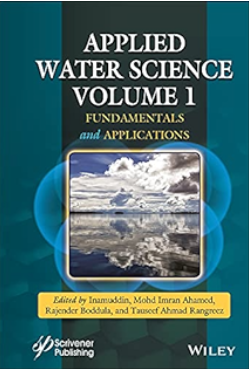Performance of an integrated household greywater treatment system for water optimization and reuse
Abstract
This study evaluated the efficiency of an on-site household greywater treatment system for indirect human reuse and for domestic lawn irrigation. This helps in the reduction in the disparity between water demand and supply that is facing the rapidly increasing global populace. Natural household greywater was settled and then conventionally filtered by using two types of non-woven geotextile media; thermally bonded and needle punched. A third woven cotton textile media was also experimented and all the non-woven geotextile media were tested in single and double layers and combined with the woven cotton textile layer. The different filter media configurations were tested for a period of one year operation (six runs) with two filtration rates of 15.00 and 25.00 m3/m2/day for each run. For all runs, the final treated effluent was disinfected using calcium hypochlorite prior to reuse. The double layer needle punched non-woven geotextile media together with the woven cotton textile media gave the best removal efficiencies; 96.34 ± 1.85% for turbidity 81.87 ± 6.43% for BOD5, 97.49 ± 1.68% for TSS, 75.35 ± 3.99% for CODt, 99.59% for E.coli. The soluble CODs removal efficiencies were negligible (below 3%) in the first four runs with non-woven geotextile media and increased to 28.05 ± 4.29% when the woven cotton textile media was added. In general, the system was found to save about 63% of the daily water consumption reflecting a net 22.50% reduction in the daily water billing costs for the whole household.


 求助内容:
求助内容: 应助结果提醒方式:
应助结果提醒方式:


